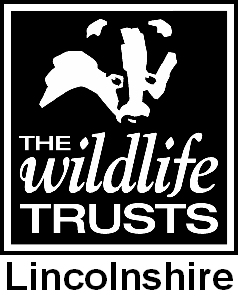Wildlife Watch - What to look out for in July!
Skylark (Alauda arvensis)
The song of this little bird is highly evocative of hazy summer days in the countryside. Found as it is in grassland and saltmarsh, it has no trees from where to advertise its presence and so the male bird flies up from the ground singing and the lark descending continues its rich song all the way to the ground.
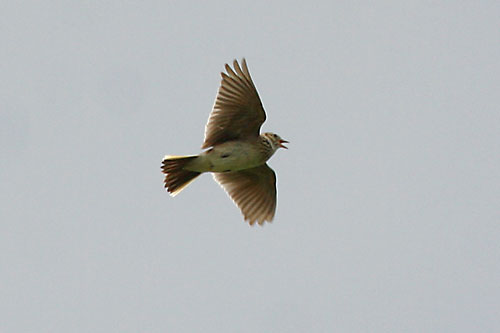
Gannet (Morus bassanus)
When looking out to sea you may see in the distance some large white birds flying past. Do not just dismiss these as seagulls, check them out more closely and you may notice some gannets. These are large sea birds with wing spans of up to six feet. The adults have a brilliant white plumage with very obvious black tips to the wings. If you are really lucky you may just see them plunge-diving into the water after fish. During these dives they can reach 60 mph and have special muscles and soft spots in their skulls to absorb the impact of hitting the water at this speed. (Photo: Derek Moore)
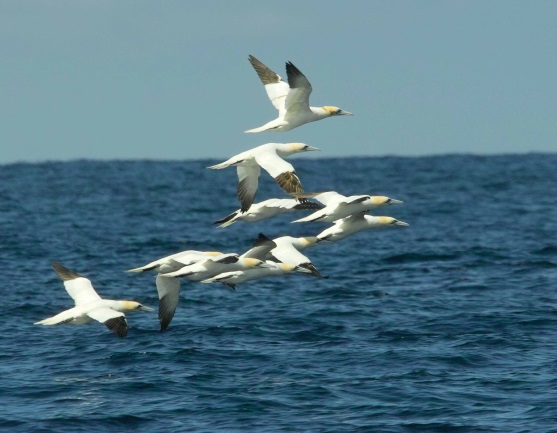
Common Seal (Phoca vitulina)
At this time of year the exposed sandbars seen out of the mouth of the Wash are covered in Common Seals giving birth to their pups. Unlike the grey seal, a common seal pup can swim almost immediately after birth; hence they can be born on these sandbars even though they will be covered soon by the high tide. They can often be encountered along our beaches having a rest. (Pic: Jenny Boatwright)
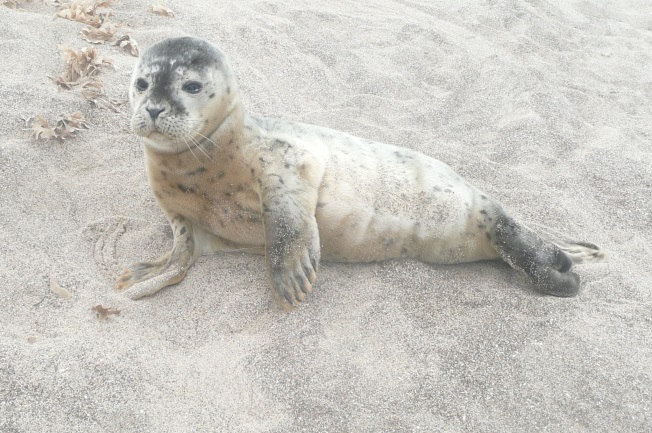
Sea Lavender (Limonium vulgare)
This specialist of the saltmarsh is now in full bloom swathing the marshes with its mauve hues. No relation to the garden lavender, it is nonetheless an important source of nectar for insects and is often covered in species such as the small tortoiseshell butterfly, the silver-y moth and bumblebees.
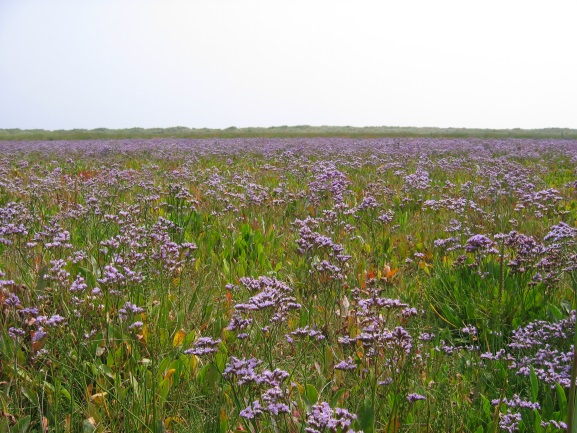
Strandline safari
The strandline is marine debris dropped during the last tide. It is a fascinating area to explore and can give an idea of the huge biodiversity found in our seas – without getting wet.
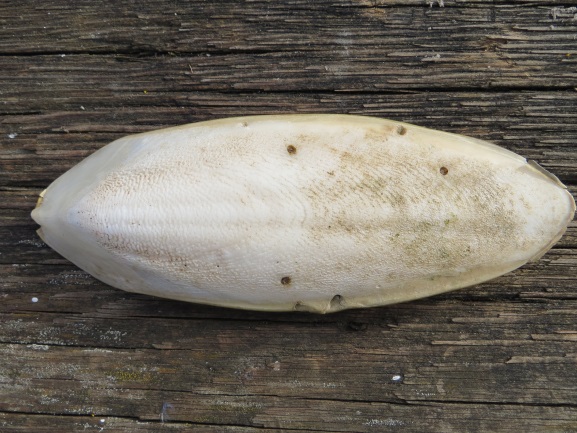
Occasionally you will find these remnants of cuttlefish washed up along the strandline. The living animal uses these cuttlebones to aid flotation by holding and releasing gases they can move vertically in the water. They are used by Budgerigar keepers to supplement the birds’ food with calcium.
Interested in finding out more about our coastal wildlife? Then why not join us for a guided walk at Anderby Creek at 1pm on 8th July.
Lincolnshire Wildlife Trust, safeguarding wildlife and wild places in Lincolnshire and promoting understanding and enjoyment of the natural world from The Humber to The Wash.
Are you a member? Join today at www.lincstrust.org.uk
Dave Miller, Coast & The Wash Warden. Email: dmiller@lincstrust.co.uk
